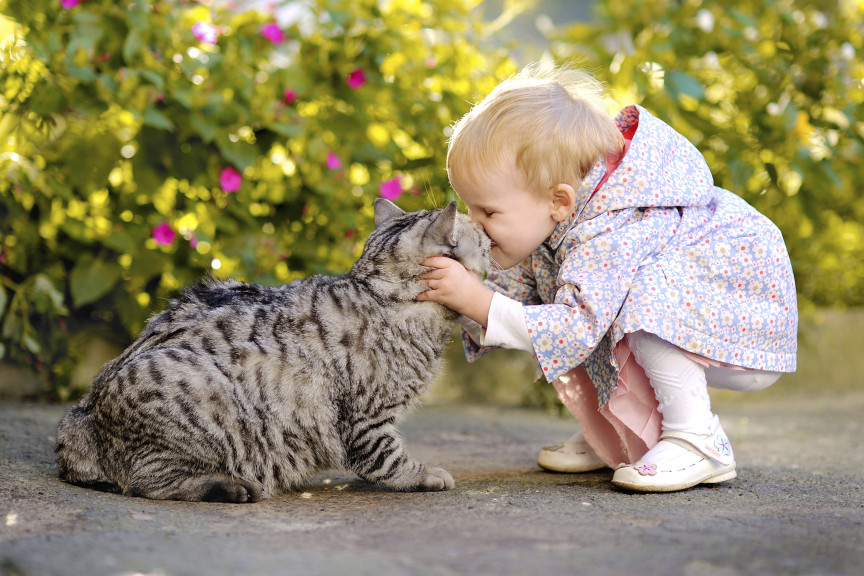On average, at least one patient is treated daily at the Julia and George Argyros Emergency Department at CHOC Children’s for household pet bites, and those numbers are expected to increase when warmer weather arrives, a CHOC clinical educator says.
Activities often associated with the spring and summer months such as outside play, more frequent trips to dog parks and visits to other areas with different wildlife make animal bites more common this time of year, says Sheryl Riccardi, registered nurse and clinical educator.
Though the force of a dog’s jaw and bite can be very damaging, cat bites are especially dangerous, she says. Their threat is often underestimated given felines’ smaller physical sizes, but cat bites are more prone to infection because felines’ mouths have greater quantities of bacteria.

But no matter the animal or bite size, parents of children who are bitten should see their pediatrician or emergency department immediately after thoroughly washing the wound with soap and water, Riccardi says.
“Bites can cause cellulitis, which is an infection,” she says. “Infection causes swelling and increased pressure on the tissue, which could possibly lead to more serious tissue injury.”
While at the pediatrician’s office or ED for bite treatment, patients and families can expect clinicians to further wash the wound to prevent infection, as well as the possibility of stitches, if needed. Depending on the type of animal, antibiotics may be administered.
And if parents or clinicians have any reason to suspect the offending animal has rabies, preemptive care will be administered. Treatment entails a series of shots over the course of several days.
Snake bites should be handled in the same manner as those from cats or dogs, Riccardi says: Clean the wound, seek immediate medical attention, and administer basic first aid while awaiting help. Do not attempt to remove the venom from a wound.
Like all injuries, prevention is critical when it comes to animal bites. Be watchful for snakes while outside, paying special attention during dusk, dawn and evening hours when the nocturnal animals may be stirring.
Parents must teach children to exercise caution around all animals – even those in their family. Respect animals’ personal space and moods to prevent bites.
“Don’t let your child get in your dog’s face,” she says. “The bottom line is that dogs and cats are animals. It’s unfortunate, but they are unpredictable and can bite.”





